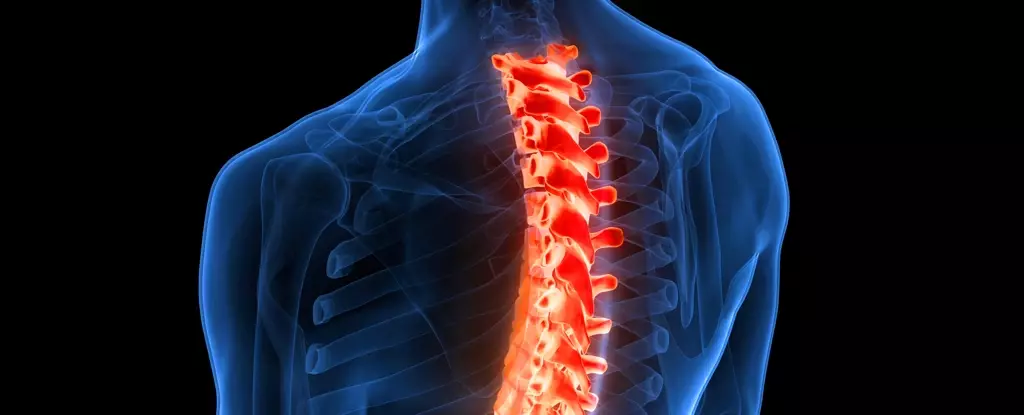The study on transgenic mice conducted by researchers from the VIB-Neuro-Electronics Research Flanders in Belgium has shed light on the fascinating world of spinal cord memory. While previously it was believed that motor learning and memory were solely confined to brain circuits, this research has challenged that notion. The findings have opened up new possibilities for therapies designed to improve recovery after spinal cord damage.
The researchers identified a specific gene expressed in spinal nerves, called the Ptf1a gene, that plays a crucial role in memorizing responses to potential threats. By manipulating this gene in transgenic mice with transected spinal cords, the researchers were able to observe how the spinal cord could learn how to react to negative stimuli. This discovery has significant implications for understanding the mechanisms behind spinal cord plasticity.
Diverse Populations of Neurons in the Spinal Cord
The spinal cord is not just a simple highway for nervous signals but contains genetically diverse populations of neurons that can adapt to suit individual needs. These neurons can be broadly classified into two categories – dorsal neurons that carry sensory information and ventral neurons that control motor responses. Inhibitory neurons within each class play a crucial role in fine-tuning and coordinating sensations and movements.
The Experiment: Harnessing the Power of Spinal Nerves
The research team conducted experiments on mice with transected spinal cords, suspending their hind limbs in harnesses to observe their responses. By stimulating the mice’s feet with mild zaps of electricity, the researchers were able to test the spinal cord’s ability to learn how to react to negative stimuli. The results showed that the spinal nerves could indeed memorize responses and adapt to new stimuli over time.
Understanding how the spinal cord remains plastic throughout life and continues to respond to environmental changes could inspire novel research into treatments for nervous system damage in humans. The insights gained from this study are essential for improving recovery after spinal cord injury and enhancing movement automaticity in healthy individuals. By unraveling the underlying mechanisms of spinal cord memory, researchers can pave the way for groundbreaking treatments and therapies in the field of neuroplasticity.


Leave a Reply